Devendrakulam is the name of a caste in India. The individuals from the caste assert (Please survey the ‘News and Links’ page that has connections to prove that backings these cases) they have this name since they are the descendents of Lord Indra, King of the Devas. Greater part of the general population of this caste are associated with agribusiness. The general population of this caste are likewise called by Palla, Pallan, Kudumban, Pannadi, Devendra kulla Vellalar. In spite of the fact that People of this caste assert predominance of their source, the caste is incorporated into the Scheduled Caste and a considerable lot of its individuals were held as agribusiness slaves and fortified farming workers amid the seventeenth Century until mid twentieth Century.

Tamil Chera , Chola & Pandya History from Devendra Kula Vellalar
Research done by Dr.K.R.Hanumanthan and broad research by Thiru.R.Deva Asirvatham and later by Dr.Guruswamy Siddan and others show that the general population of this caste are the descendents of the well known old Tamil Kings Cheras, Cholas, Pandyas and Pallavas who controlled the ebb and flow Tamilnadu, Kerala, Karnataka, Part of Andra and Maharastra amid old period and ruled Tamilnadu up to the sixteenth Century. The majority of the antiquated, Temples in and around Tamilnadu were constructed and claimed by this group. After the intrusion of Vijaynagar Empire and Marata Kings, the Tamil Kings and their group were expelled of their title, arrive and were made as rural workers in their own particular homesteads for which they were the then proprietors. To shroud this Historic reality these individuals who were then called as Mallar (Malla, Mallan) were named as Pallas (Palla, Pallan) and numerous sonnets were composed amid 17,18,19 and start of twentieth Century for the sake of Pallu Poems with the support from Vijayanagar (Nayak) administration. Prior to that period the People were called as Mallas Meaning warrior, Oolavar meaning plougher (rancher) and Vellalar meaning extraordinary blessing provider. These individuals were consistent agriculturists and land masters amid peace time (Oolavar) and warriors (Mallars) amid war time. The Sangam sonnets composed before 1 century BC sing of the Gods Lord Shiva, Godess Umadevi, Lord Tirumal (Lord Vishnu), Godess Lakshimi, Lord Brahma, Godess Saraswati, Lord Muruga (Lord Karthik), Lord Vinayega (Lord Ganesh), Lord Indra as Mallas and as Pandian and Chola Kings. Despite the fact that the Pallu Poems stigmatized the Mallas and furthermore called them as Pallas, they additionally say that Palla’s progenitors were Mallas and sing that the Gods were Mallas and after that were Pallas. Amid sixteenth Century AD, Nayak King passed a law requesting individuals not to have any contact with the Pandian dynasity (when all is said in done with Mallas) and kept the 18 groups that upheld the Tamil Kings from having contact with each other and from between marriage between these groups. (This was the source of Untouchability and present day caste division in Tamilnadu). The Mallars were ex-imparted, at that point bit by bit finished the following 300 years, their properties were evacuated and given to other new shaped upper castes that were faithful to Telugu Kings. The Mallars were named as Pallas and were made as horticultural workers in the land in which they were once proprietors.
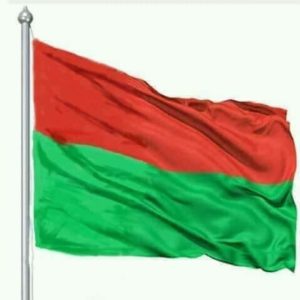
At that point after a couple of ages they were made as fortified workers and afterward were evacuated of all essential human rights (Prevented from having training, access to open spots and Temples worked by their own particular precursors, restriction from wearing Ornaments and dress on the upper piece of the body, shoes and so forth). To conceal reality that all Temples assembled upto sixteenth Century AD were worked by the precursors of these individuals, endeavors were made to shroud Temple Paintings by redrawing new compositions on the old ones (Tanjavur Periya Koyil, Mariamman Koyil). Amid 1932 when British gave self-independence to Indians, 1000s of new castes jumped up asserting prevalence on one over the other. A few activities were guided by different groups to keep the Pallas at a position of safety inspired by a paranoid fear of alternate groups (new shaped higher castes) loosing their claim for high caste and land possession. In 1957 the Pallar, Devendrakula Vellalar Community was incorporated to the Scheduled Caste by Kamaraj, at that point Chief pastor of Tamilnadu, inferable from the destitution of the group.
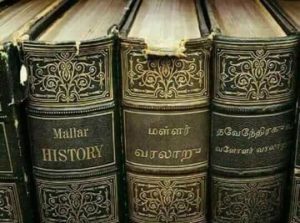
Everyday movement demonstrates confirmation of the rich legacy these individuals had from antiquated circumstances. The people group individuals have their own particular town self government (Panchayat), have exceptional clerics for Temples, Barbers, Dobbies, Doctors and so forth in towns. These individuals additionally have their own particular sanctuaries that are called as King Temples. They are additionally the clerics in town Temples, only claimed by these individuals. In old sanctuaries like Perur, Samayaburam, Tirunelvelli et cetera, pioneers of this group are conveyed to the Temple with celebrations on Elephant with White Umbrella scope, playing trumpts and drums and given the primary regard amid Temple celebrations and are requested to touch the TempleCaravan (Thear) first before it goes ahead parade. These were the benefits just the old Tamil Kings had and were passed on to their descendents that still proceeds. Ministers of these antiquated Temples acknowledge and concur that the precursors of DevendraKulathar are the old Tamil Kings, Cheras, Cholas Pandyas and Pallavas.
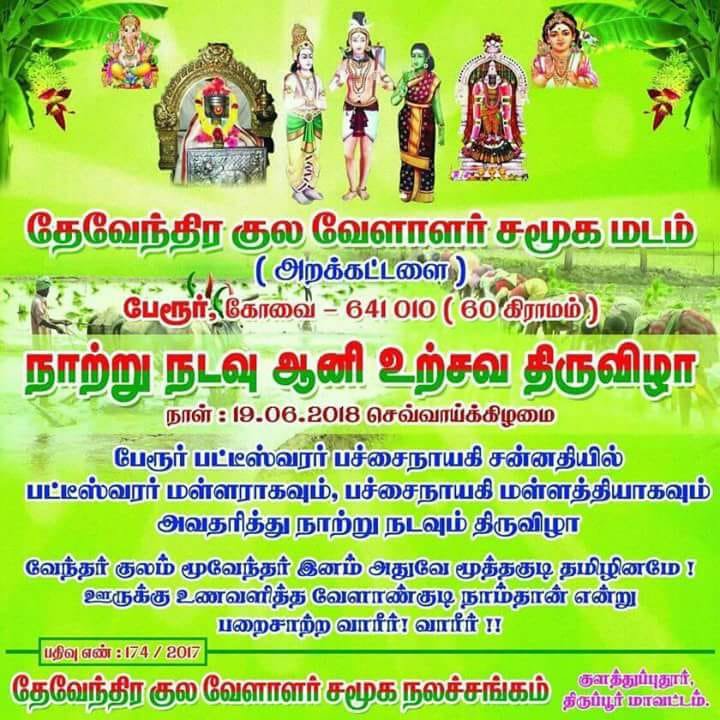
There are proprietorship archives (Pattayam marked amid 1500s) that demonstrate that the Palani Murugan Temple and various antiquated Temples have a place with individuals of Devendrakulam. These old Temples were worked by old Tamil Kings subsequently these records and regard given to individuals of this group at these sanctuaries connect the connection between the antiquated Kings and the Devendrakula people group. Stonescriptures (Kalvettu) and engraving written in the 1500s likewise assert that the Devendrakulathars are the descendents of the Pandya tradition.
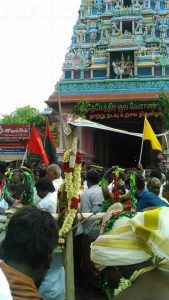
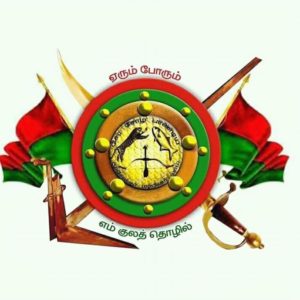


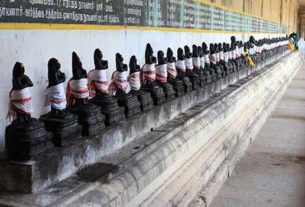
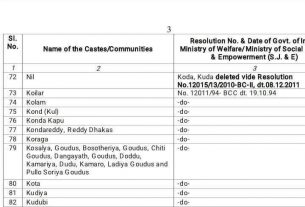
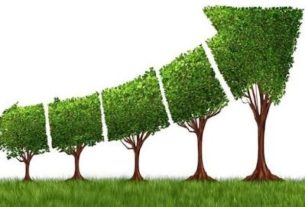
Dear Sir,
John & Krishnaswamy must joined hands on the base of one ideology and principle.They must guide people to improve education of them-self and children.They must cascade the importance of education in all levels.They must advise the people to improve the living style.
JONHPANDIAN SIR ,KRISHNASWAMY SIR AND OTHER LEADERS SHOULD BE UNITED AS AS ONLY ONE PARTY IT WOULD BE BEST STRENGTH OD PALLARS